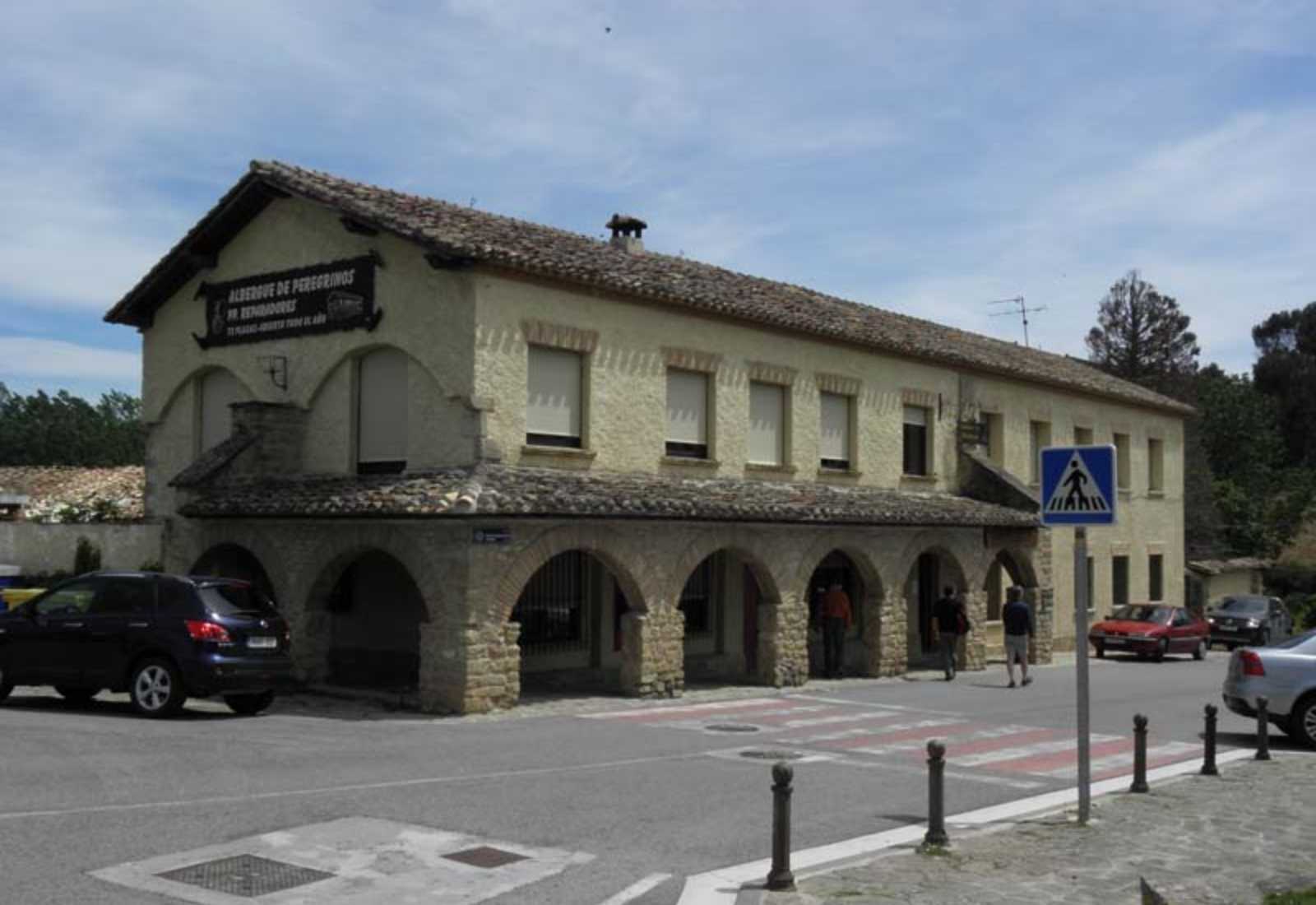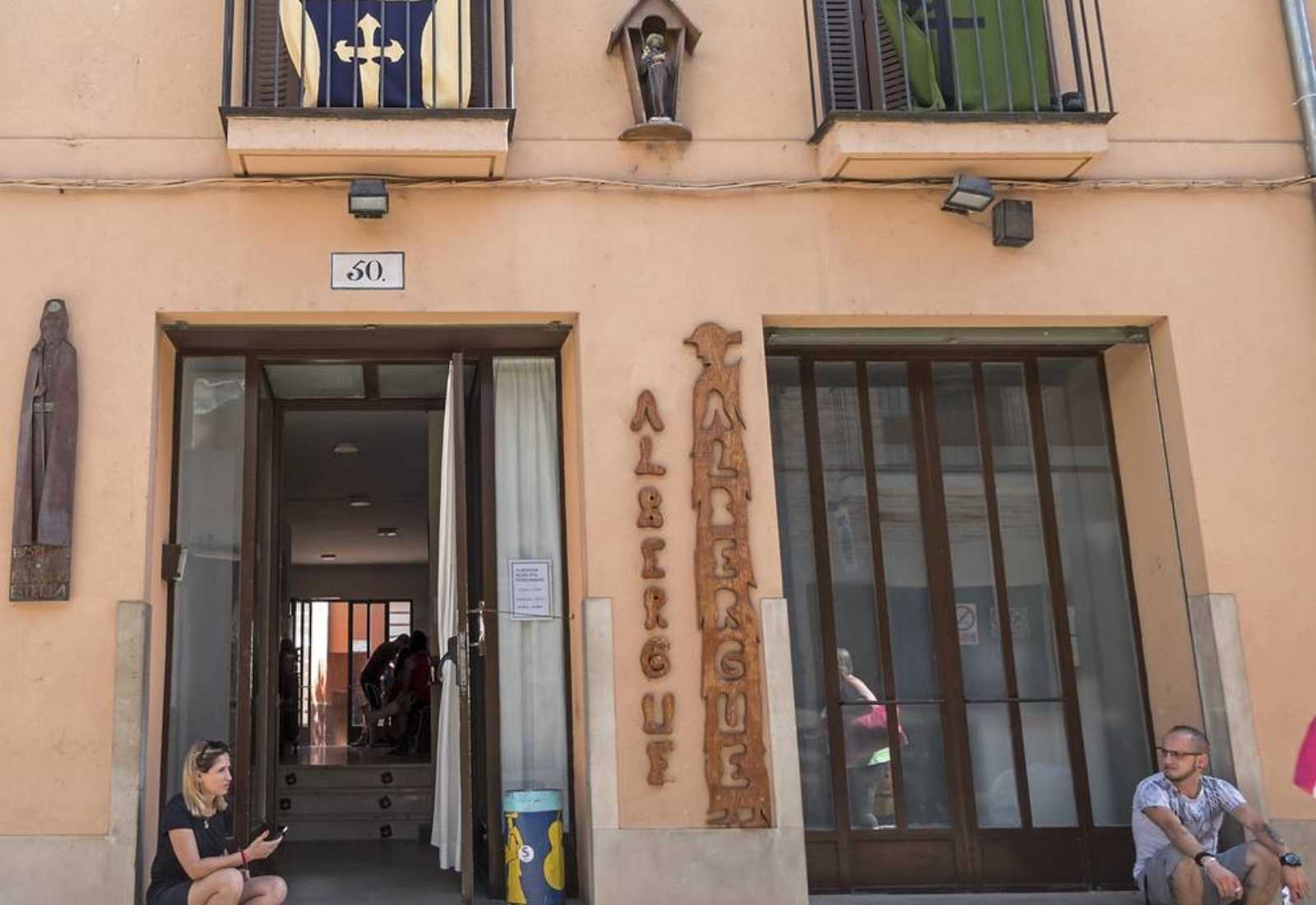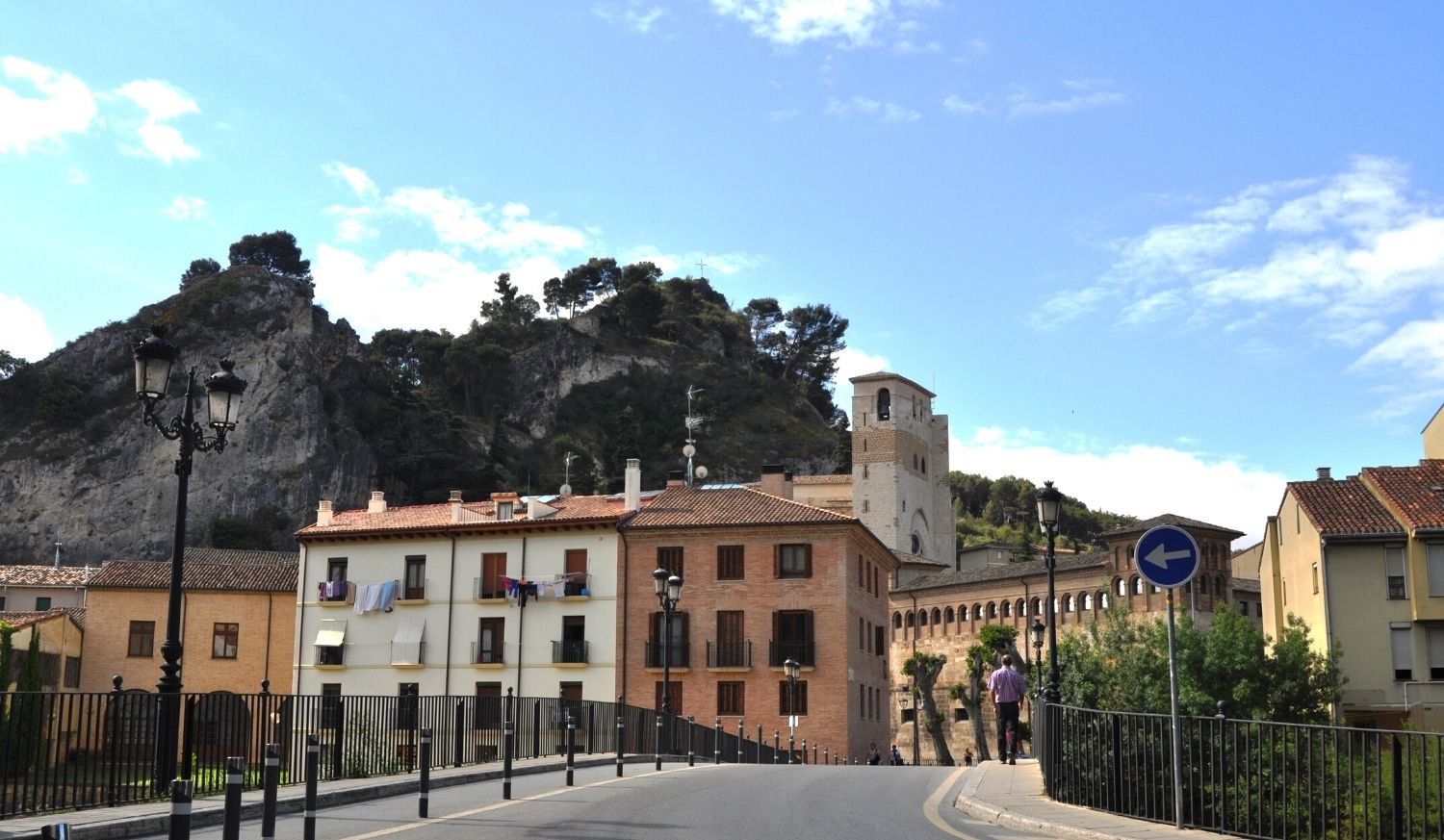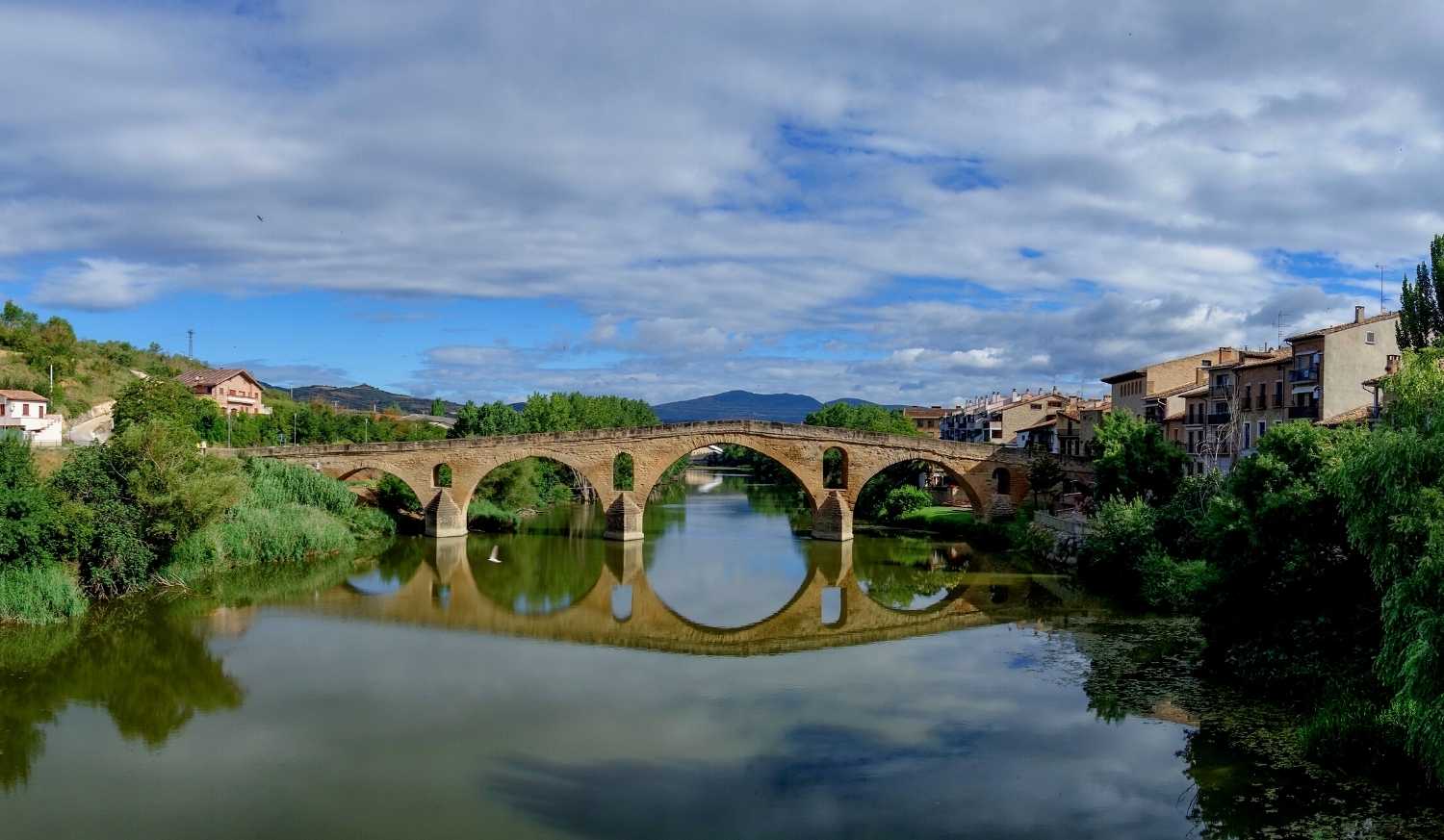Information
In this stage we will be able to see that the landscape is changing little by little for the first time since we started the French Way. Between Puente la Reina and Estella the beech and oak forests are gradually replaced by olive groves and vineyards. A landscape that is altered by the A-12 motorway, whose construction ignored the route of this pilgrimage route. However, the road runs along dirt tracks whose only difficulty is the short but intense climb to Mareñu. On the other hand, Estella, the end of this stage, will welcome us among beautiful poppy fields.
We start the stage from Puente la Reina to Estella, crossing the river Arga and ascend to the village of Mañeru, where many battles of the Carlist Wars were fought in the past. We can take the opportunity to visit the church of San Pedro. We continue for several kilometres, accompanied by vineyards and olive groves, on a quiet and pleasant walk to the village of Cirauqui, which is characterised by its wall, which we must cross.
We leave Cirauqui following an old Roman road, cross the Roman bridge and follow the signs and cross the motorway until we reach the Canal de Alloz, near the Salado river.
The story goes that this river brought death, as it was said that its water was poisoned, and that the locals urged the pilgrims to drink from it, and thus steal their belongings.
We cross the dual carriageway again by an underpass, and then we go uphill to Lorca, a town closely linked to the Camino since the 13th century, where we will find the church of San Salvador. On the outskirts of Lorca the road coincides with a path that leads to the cross of Maurien, which dominates the landscape from the heights. Between rural paths, fields and hills we arrive at Villatuerta.
We leave Villatuerta on the last stretch of the stage that runs along the plain to the hermitage of San Miguel, where many pilgrims leave their wishes and thoughts. We descend to a picnic area, where a stone cairn crowned by a virgin reminds us of a deceased Canadian pilgrim. We cross the road through a tunnel and reach a bridge over the river Ega. We enter Estella through Curtidores Street and we finish the day enjoying the charms of this beautiful Jacobean town known as “Toledo of the North”.
To consider
The stage does not present great difficulties, except for a short slope in which we climb 135 meters in approximately 1 km. In addition, along the route you will find a large number of bars and restaurants where you can have a drink and refresh yourself.
Places of interest
- San Pedro Church – Mañeru
- Church of San Román – Cirauqui
- Church of the Assumption of Villatuerta
- Church of San Pedro de la Rúa – Estella
- Palace of the Kings of Navarre – Estella
- Church of the Holy Sepulchre – Estella
- Urban wall – Estella
Typical dishes
- Rocks of the Puy
- Idiazabal D.O. Cheeses
- Dishes such as trout Navarrese style
- Red beans with bacon or oxtail
- Piquillo peppers
Photos
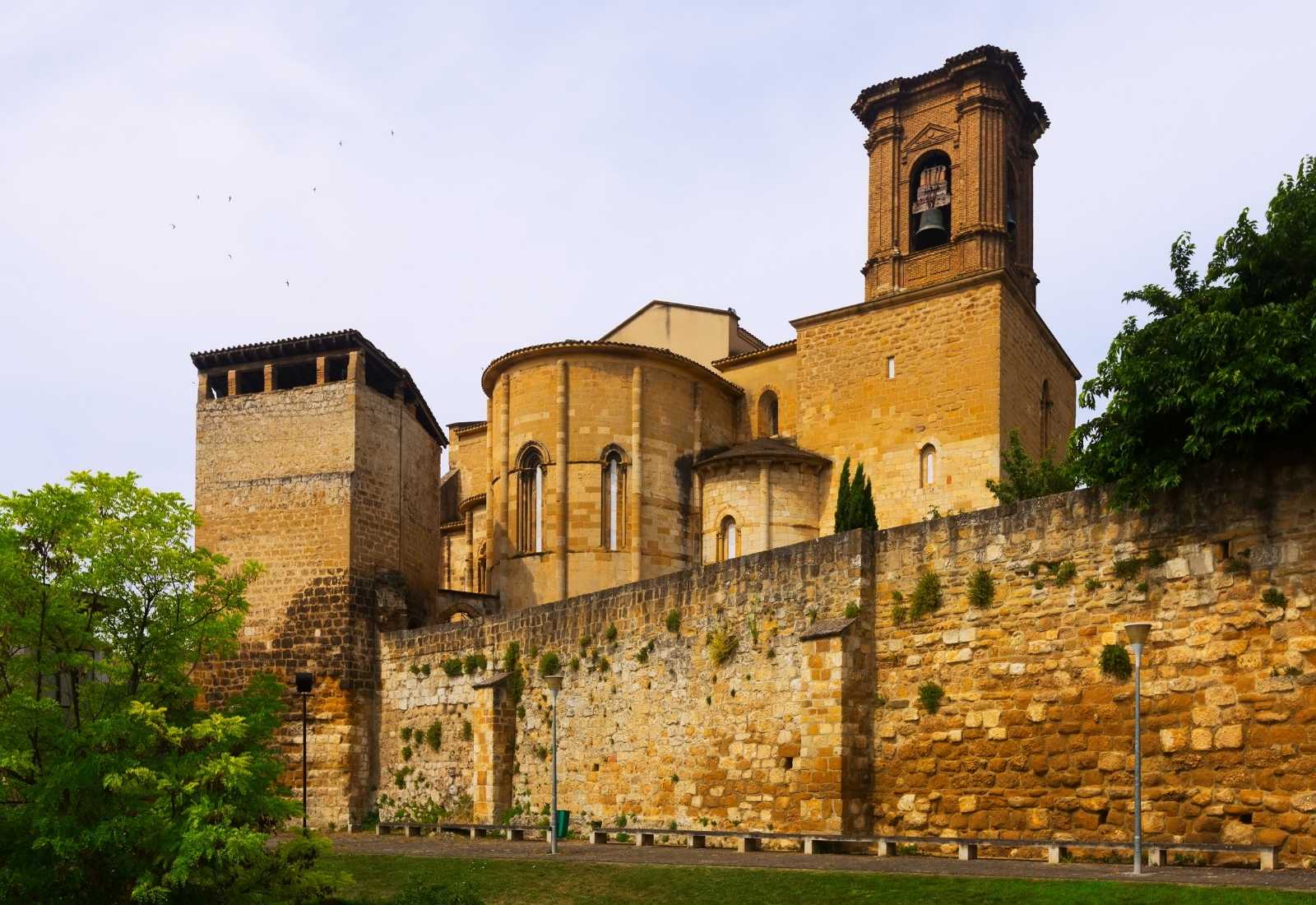
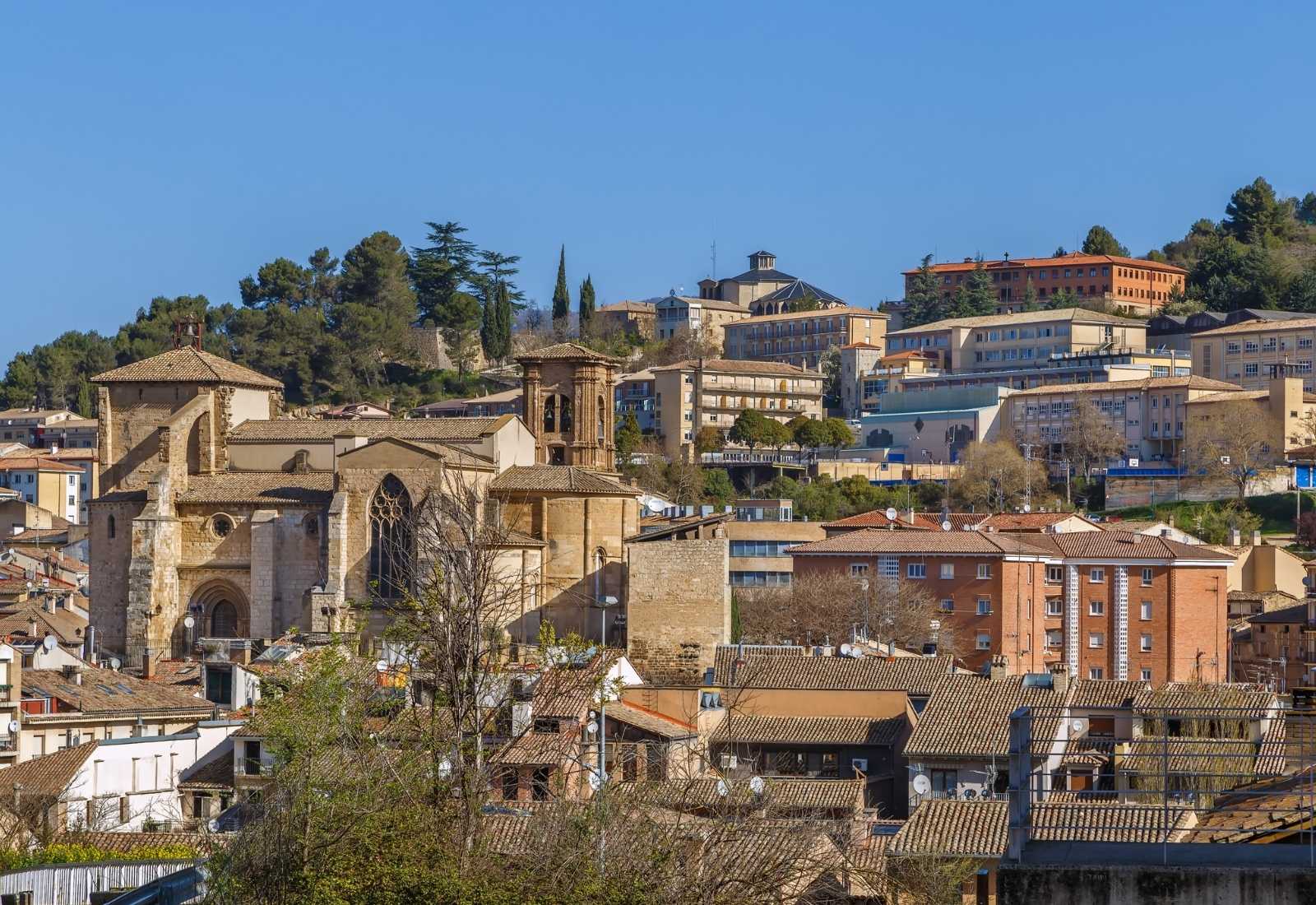
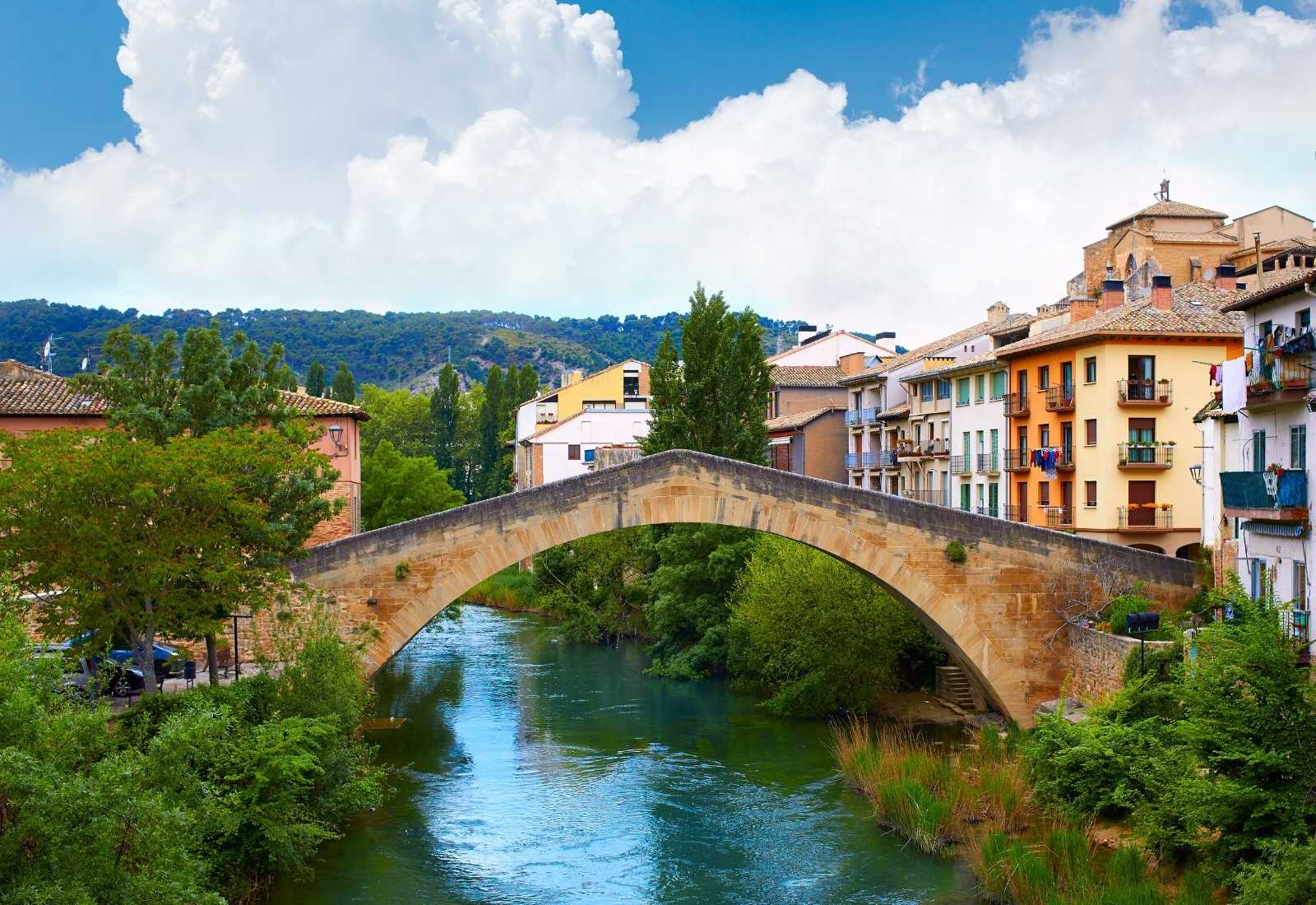
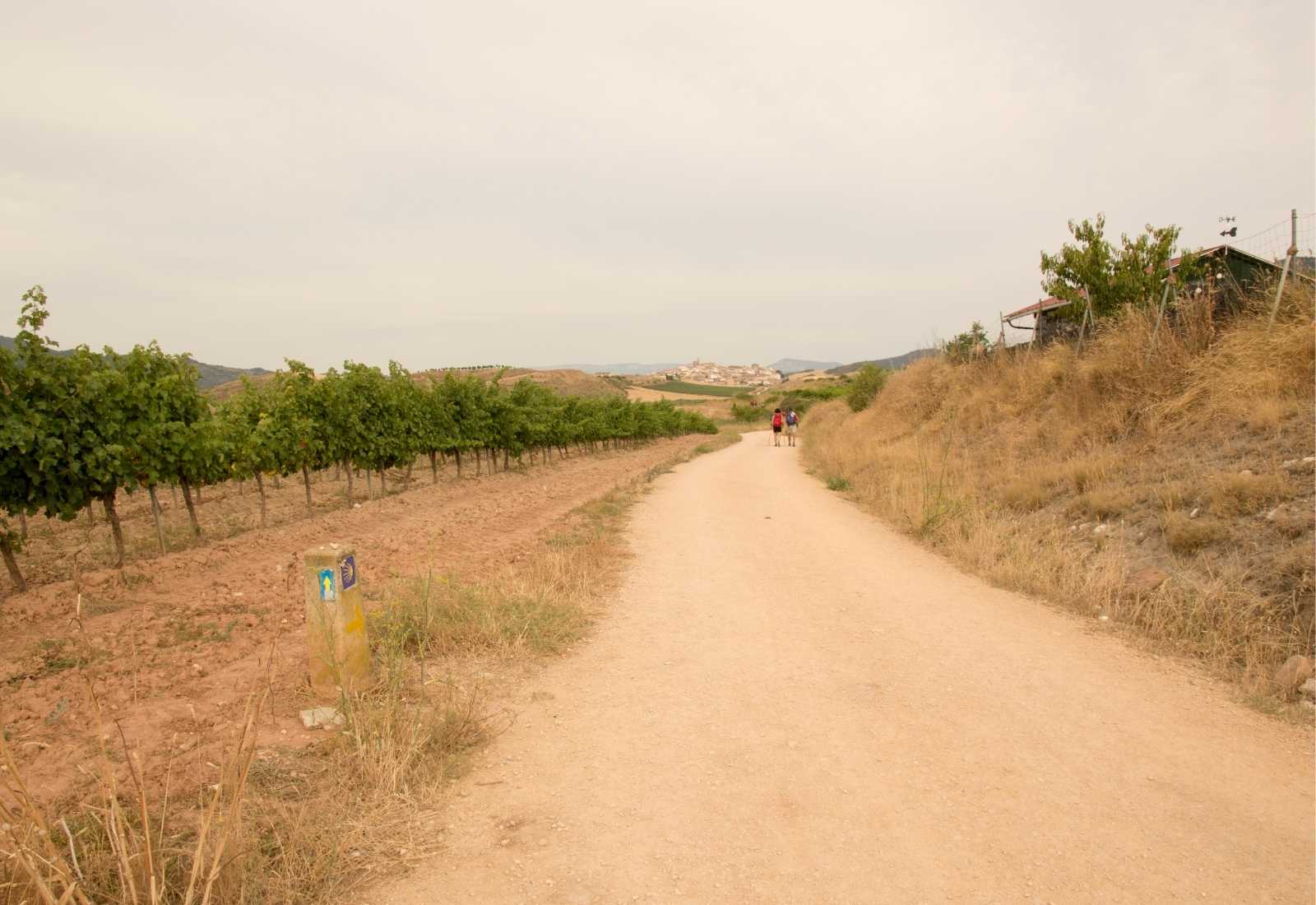
Hostels
Hostel of the Reparatory Fathers
Address: Plaza Padre Guillermo Zicke, s/n 31100 Puente la Reina – Navarra.
Phone: (+34) 663 615 795
Email: albergue.p.reparadores@gmail.com
Web: Unavailable
Pilgrims' hostel in Estella
Address: C/ La Rúa, 50 31200 Estella – Navarra.
Phone: (+34) 948 550 200
Email: caminodesantiagoestella@gmail.com
Web: Unavailable


